A selection of my photographs taken during the 1970s, many from the old Control Tower balcony which provided a perfect vantage point.
After using B&W film, with an occasional roll of Kodachrome colour, I changed to colour only by the end of the decade
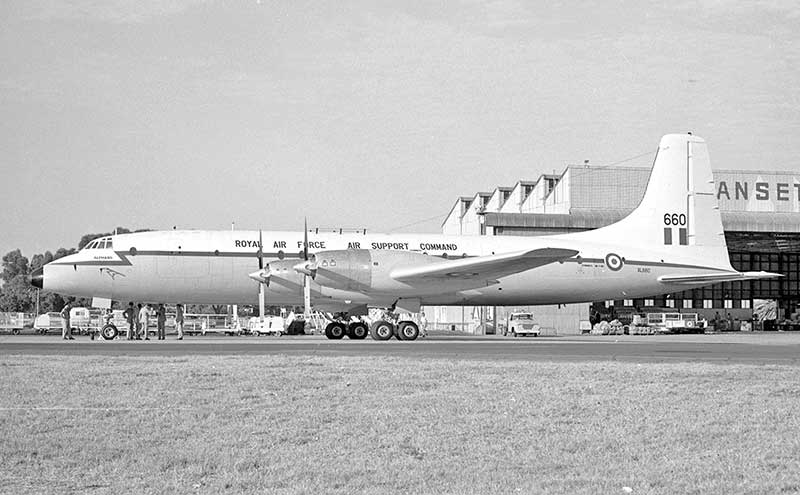
Britannia C.1 XL660 named Alphard overnighted at Perth in December 1970 en route RAF Changi, Singapore to Canberra
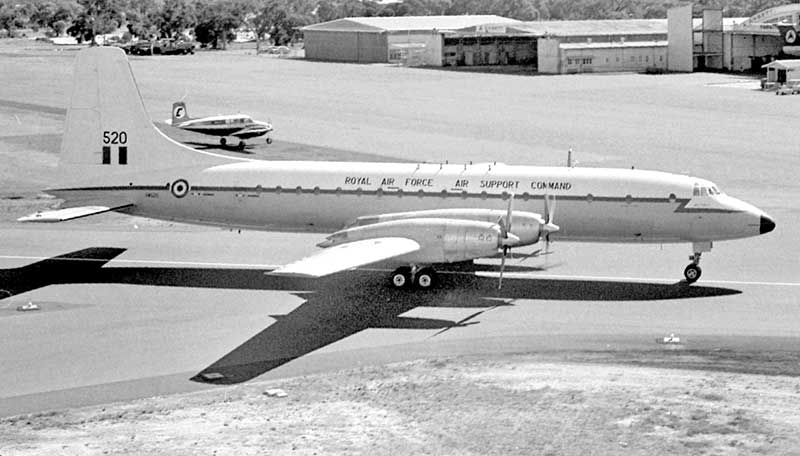
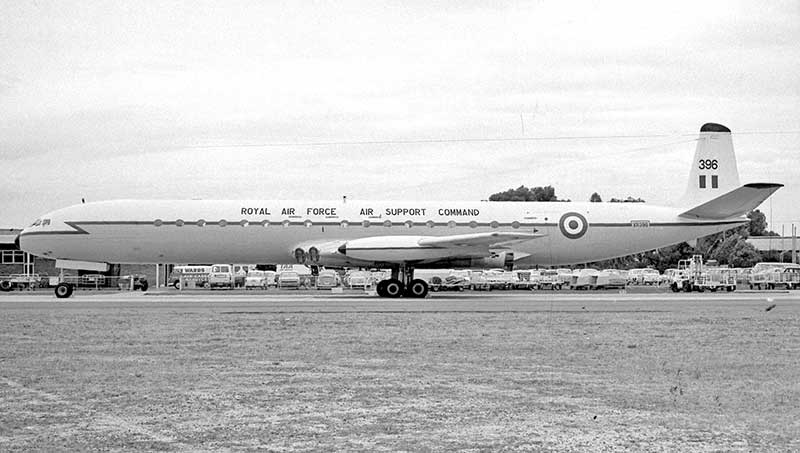

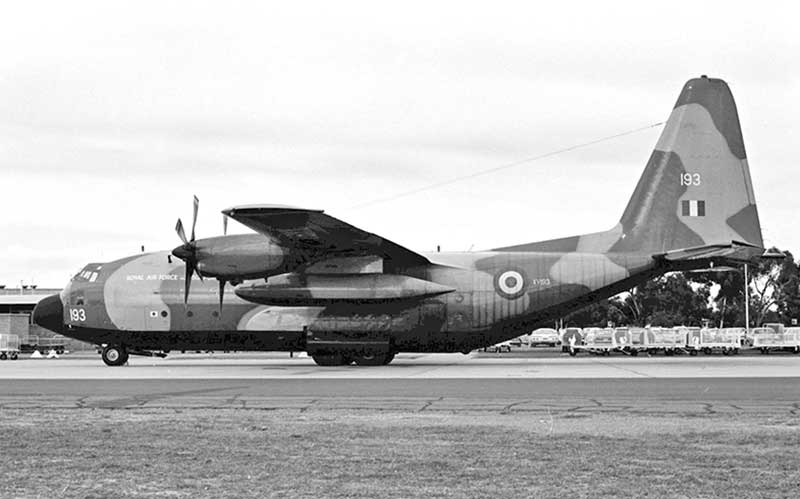
RAF Hercules C.1 XV193 on 23 April 1971
after the long Iandian Ocean crossing from RAF Gan in the Seychelles.
It continued to RAAF Williamtown
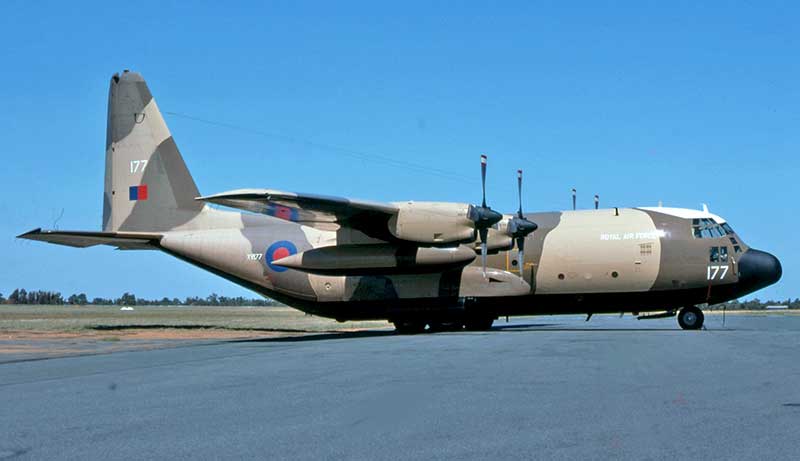
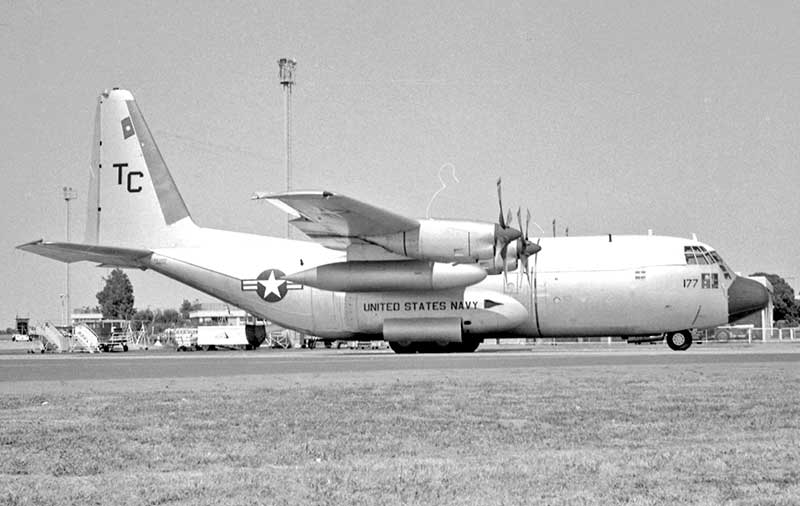
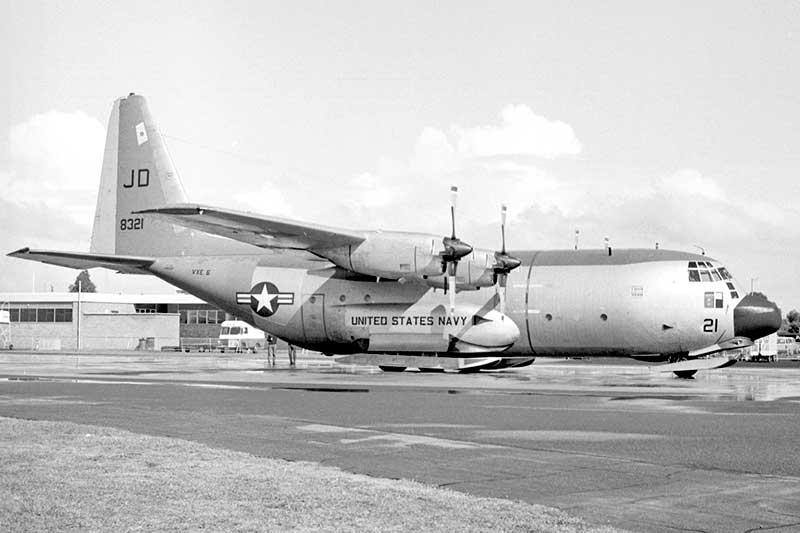

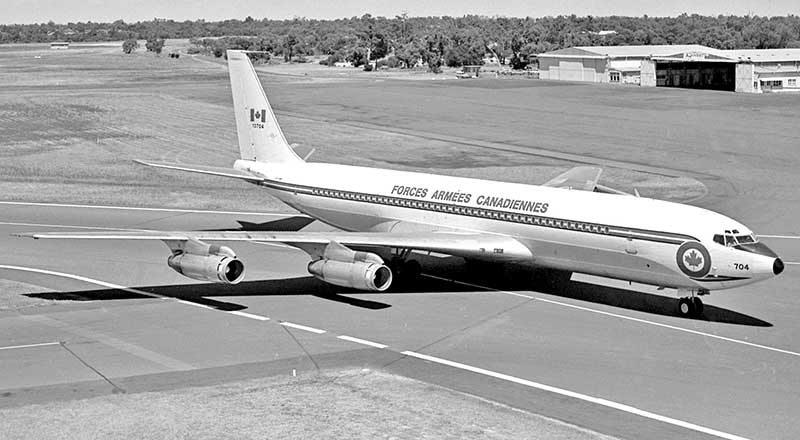
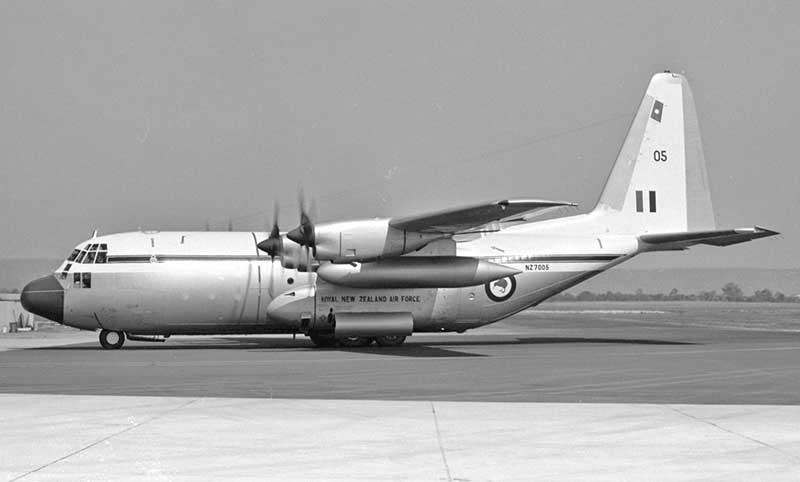
It continued to Singapore the following day
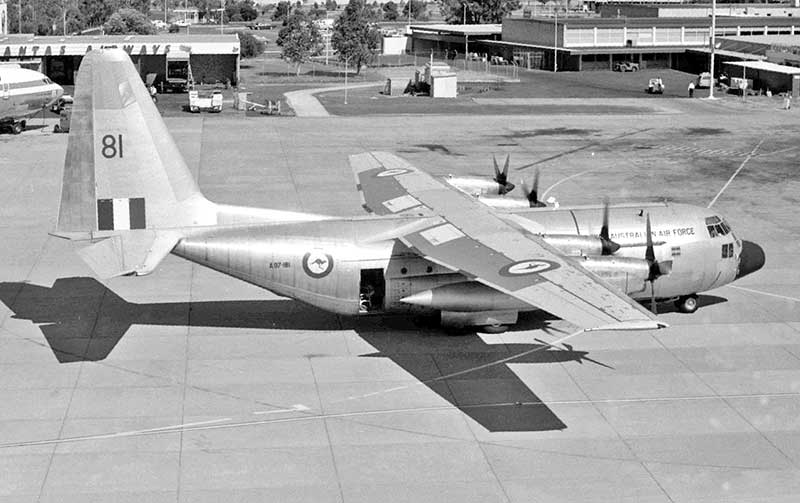
carrying large numbers of civilian evacuees. C-130E A97-181 arrives on one of these missions
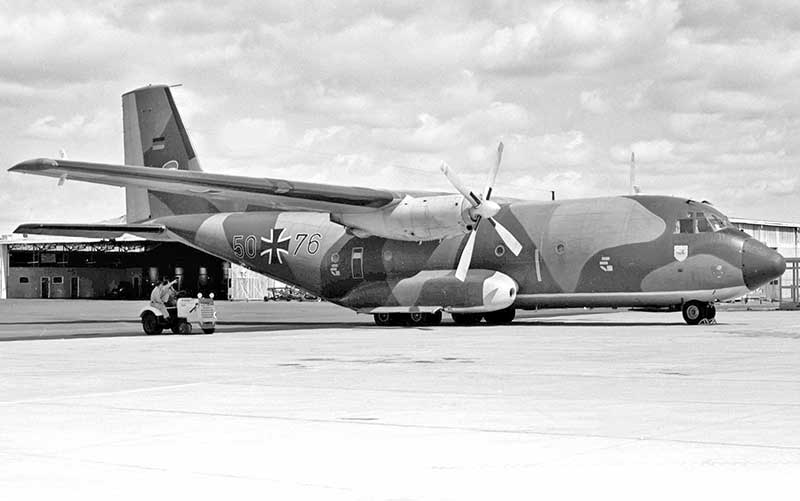
The pair were on their way from West Germany to RAAF Laverton
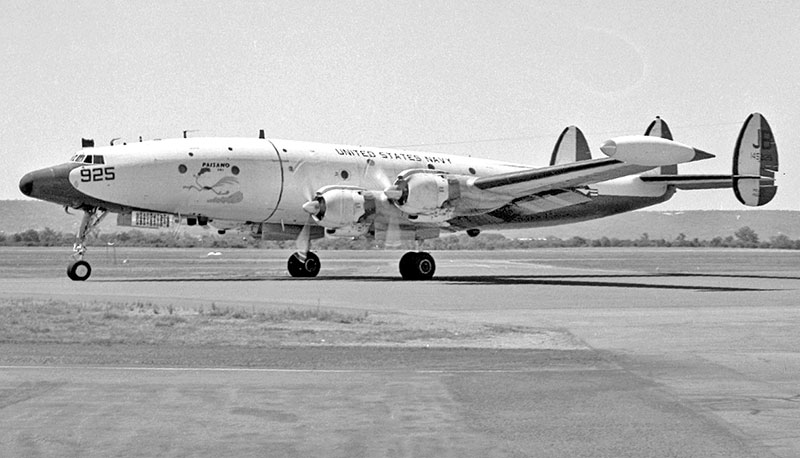
seen arriving in March 1970 from South Africa. Painted red and white with VXN-8 squadron code "JB925, it was operated on
Project Magnet to measure changes in lines of magnetic deviation across the earth's surface.
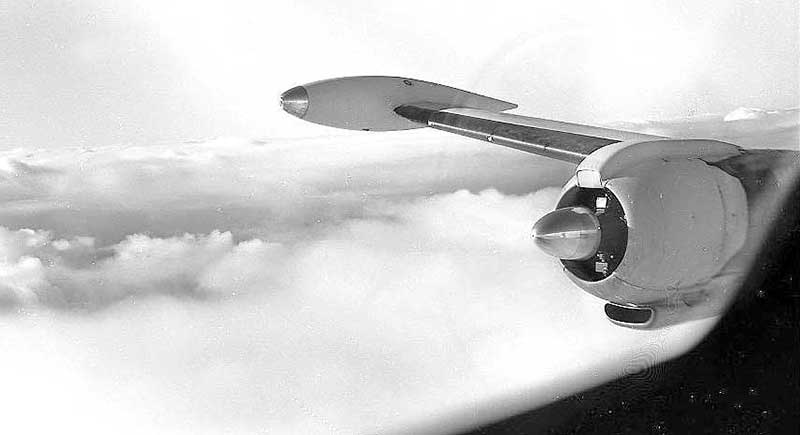
View from the copilot seat in Piasano
Dos at 70 degrees South, while flying a 19 hour triangular route
from Perth over Antarctica.
A Navy cook used a flame hot plate to cook
meals and pancakes, served at sittings to the 10 man crew throughout the
flight.
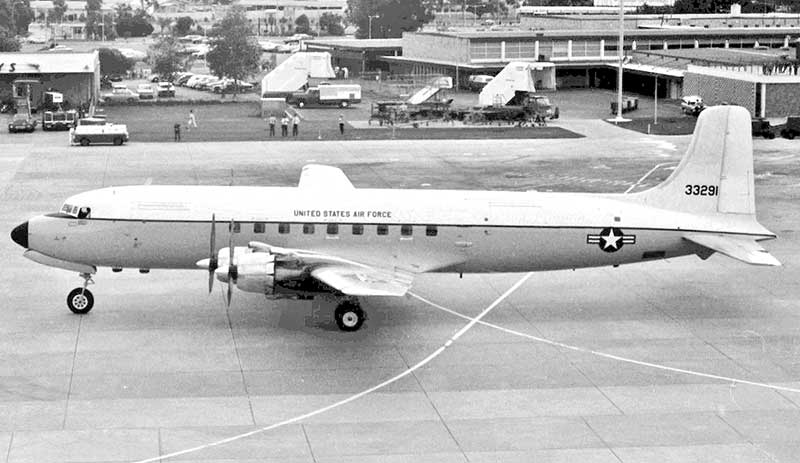
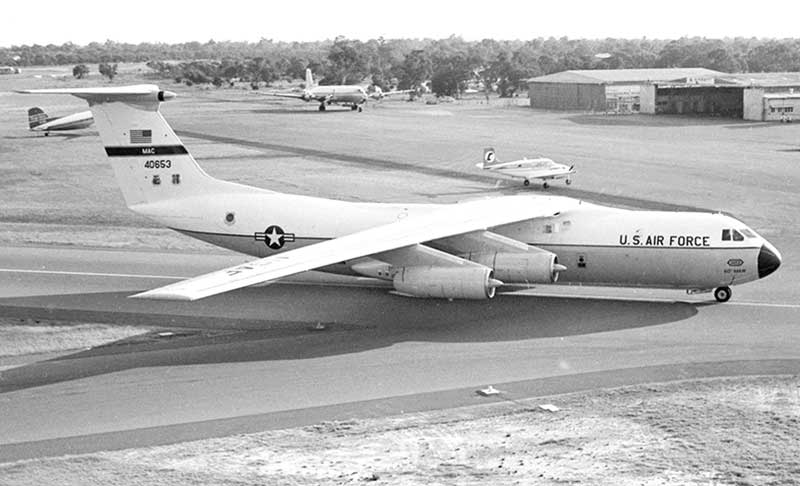
Here USAF Military Airlift Command C-141A 40653 arrives on 11 April 1970 from Cocos Island.
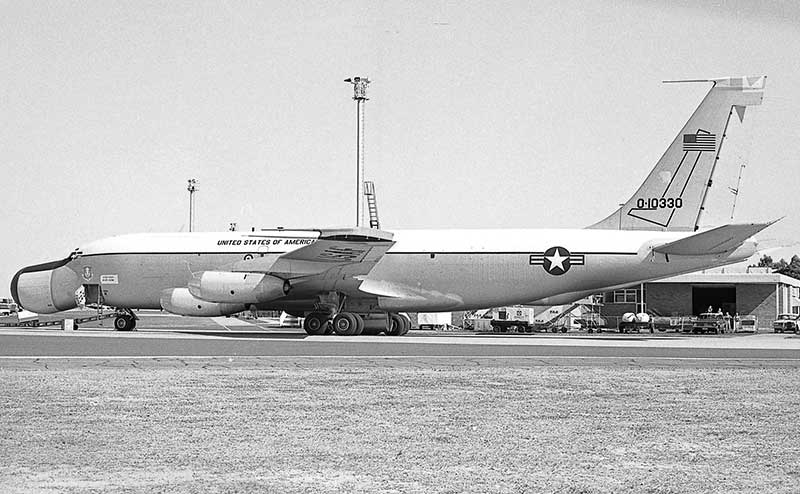
in ground tracking stations across the Indian Ocean. They were usually supported by KC-135A tankers.
0-10330 was photographed on 16 April 1972
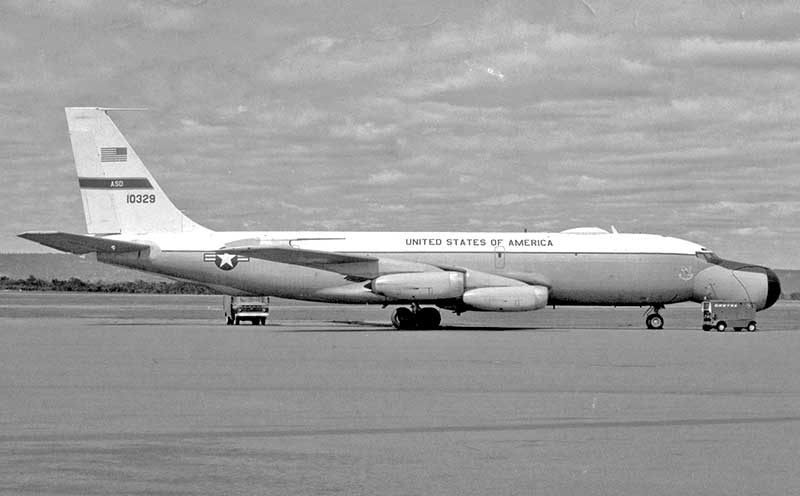

It has been modified with an array of antennae along the roof.
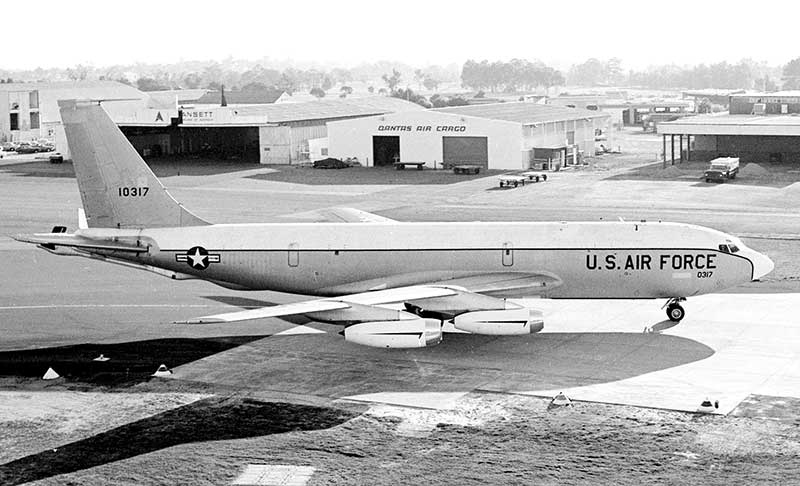
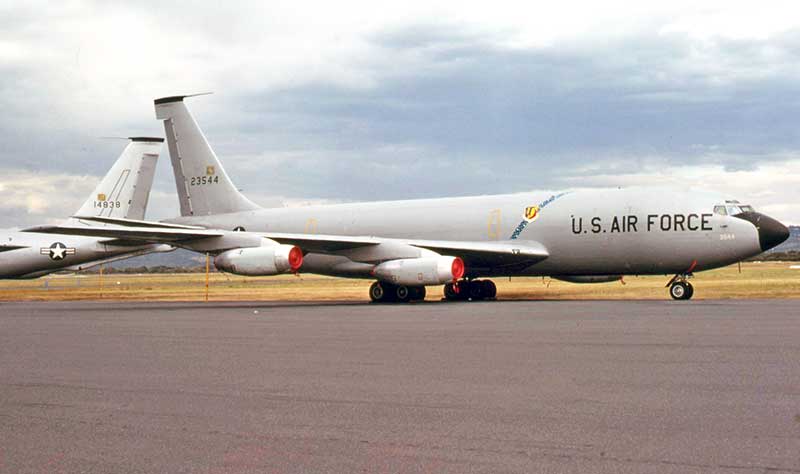
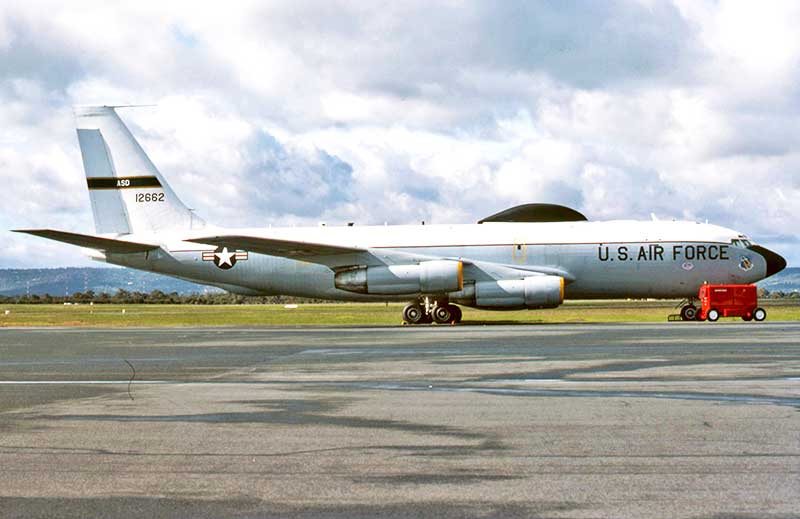
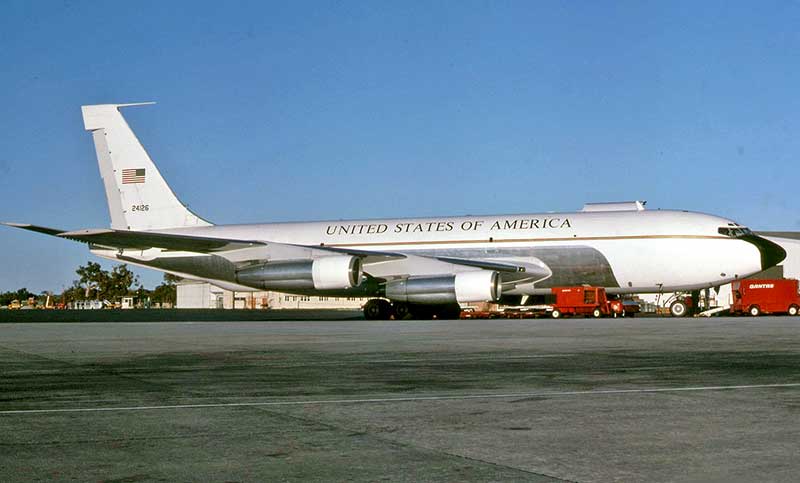
USAF Special Air Missions Boeing VC-137B
24126 brought US diplomats from Canberra on 8 May 1979.
It is seen early next morning being prepared
by Qantas for departure to Manila
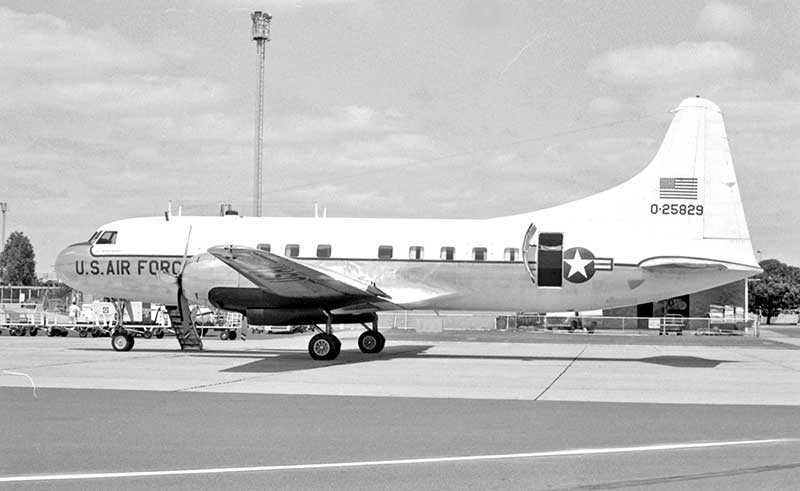
Convair VT-29D 0-25829 on 18 February 1970. It was based at Canberra for the US Consulate
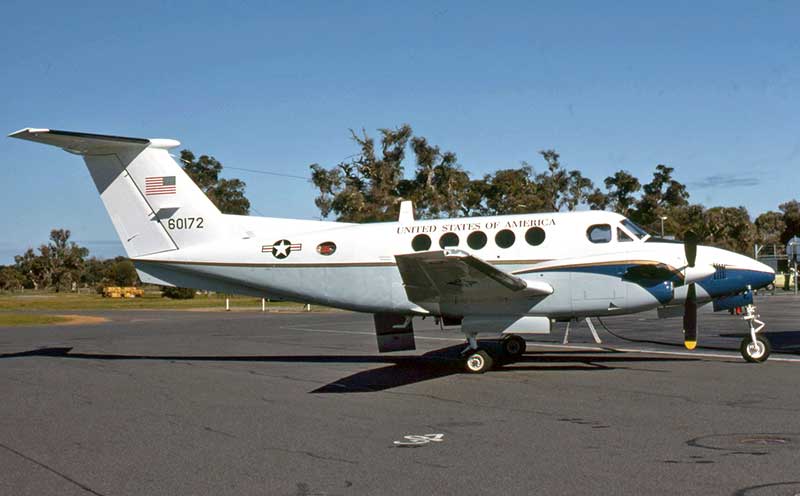
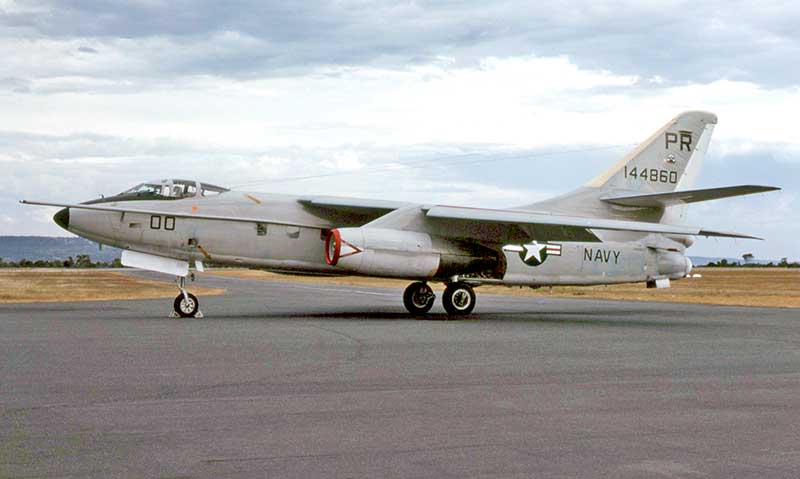
US Navy Douglas TA-3B Skywarrior Bu144860
of VQ-1 Squadron, Guam, at Perth in October 1978.
This elderly jet was an admiral's barge for the C-in-C of the Seventh Fleet, fitted with a VIP cabin with 8 comfortable seats.
Its plate revealed c/n 12106, accepted by USN 15.9.59 as a model A3D-2T trainer.
This elderly jet was an admiral's barge for the C-in-C of the Seventh Fleet, fitted with a VIP cabin with 8 comfortable seats.
Its plate revealed c/n 12106, accepted by USN 15.9.59 as a model A3D-2T trainer.
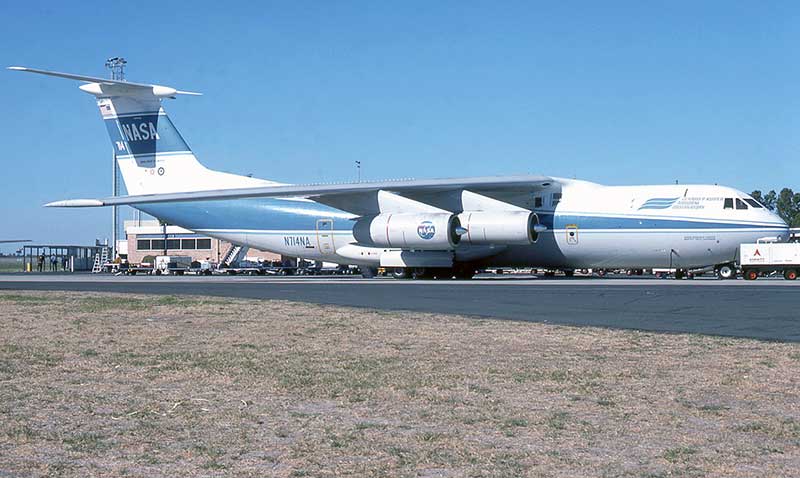
N714NA was in Perth in March 1977 to take scientific readings over Antarctica of a predicted event when an unnamed star
would be eclipsed by the planet Uranus. The telescope's computer records would allow calculations of the depth and
composition of the atmosphere surrounding Uranus. It was a to be a science success story of 1977.
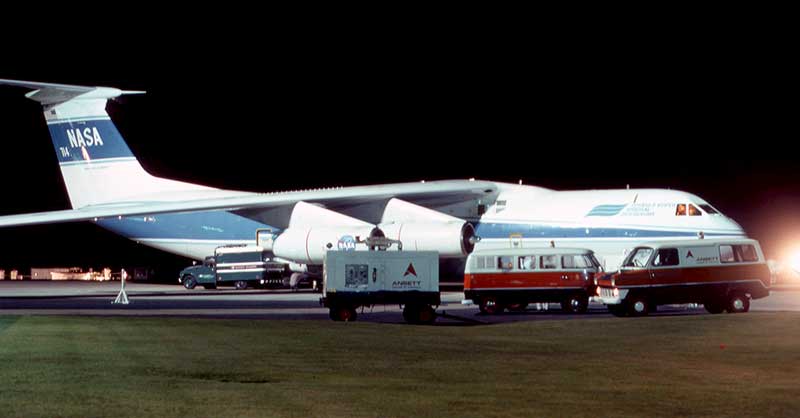
Evening departures, to be at the telescope deployment location at the correct time, at 43,000 feet in clear night sky.

Two years' planning was vindicated when the star approached Uranus at exactly the predicted time and location in the solar system
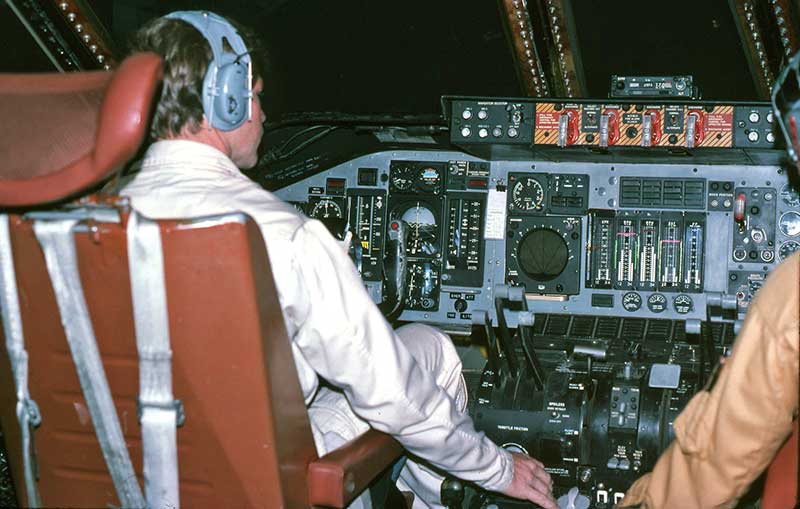
3AM Perth time, approaching the telescope
deployment area at 75 degrees south, after a long slow climb to Flight
Level 430.
